No products in the basket.
Blog
Issues with your Garden Drainage? Here are some top tips!
Garden Drainage Solutions
Whether you’re a keen gardener or not, a waterlogged garden is a serious problem for any homeowner, and occurs when surface water from rain has nowhere to run off, instead remaining stuck in the dirt. This is an issue that can sometimes be solved through simpler methods – aerating your soil by adding tiny holes, planting in more vegetation, or using a raised bed with topsoil, for example. Some even suggest ditching your regular flower beds and embracing a bog garden! However, many people don’t want to compromise on the aesthetic of their house, and more severely waterlogged gardens may need a more complex drainage system to help fix the issue.
Sunken grass and large puddles around your garden are some of the more obvious signs, and you can test for poor drainage by digging a hole in your garden and filling it with water – if it isn’t gone in a few hours, you may have drainage issues. You might even find out that your garden needs drainage improvements by stepping out onto the lawn and having the grass squelch underneath your feet – yuck. In some cases, the ground may become so waterlogged that grass cannot grow at all! If you’re in this situation, read on to find out about the different drainage systems you can use to improve your garden.
Types of Drainage System
Drainage systems can be useful for gardens that are situated at the bottom of a hill or valley, and that often become the finish line for all the water that passes through nearby areas. If you have frozen ground or slow to drain clay soil, this problem is only compounded.
Drainage problems at their core are caused by water running off at a slower pace than it is collected. Therefore, drainage systems have two main components: something to collect the water, and something to store or dispose of it. We’ll go over a few of the options available to you if you’re needing improved drainage to a fairly intense level.
French Ditch System
This type of system involves a sloped ditch filled with aggregate that redirects stagnant water from garden surfaces into storm drains. This is a good option for locations prone to flooding, and must be installed at the lowest point in your garden.
Modern French drains also involve perforated pipes and non woven geotextile membrane, allowing for easier part maintenance and preventing debris and other matter from entering the drain through the flow of water. Some options for where a French drains can end involve a soakaway, a gutter, or a gravel pit.
A French Drain would usually involve digging a trench through the flooded areas, lining it with non woven geotextile membrane, then adding a base of pea shingle (10mm / 20mm) before laying a half perforated pipe on top (perforations facing upwards), then adding more pea shingle so that the pipe is fully encased in the shingle, then wrapping the whole thing in the geotextile membrane before refilling the trench. This will allow water to drain into the pipe and then be carried away from the area.
Herringbone Drainage
Using the same principles as the French Drain a Herringbone Drain (sometimes called a Christmas tree drain) is simply the shape that the pipes are laid out. It’s a main run of drain with “arms” or “branches” of smaller drains that connect into the central drain in the middle. This allows water to be collected from a large area and moved away. This can be handy for large lawns.
Simple Ditches
This ditch is the cheapest and most straightforward drainage system of all of the options we’ll discuss, and is popular around household areas like your driveway. Basically, simple ditches just involve digging a hole about 90cm deep with sloped sides supported by large stones, placing a layer of small stones at the bottom, and ensuring the water can run off and out of it. You can even turn this into a small creek and fill with plants for a more ornamental effect. However, for a larger or more waterlogged lawn, you may want to go for the larger scale French and Herringbone drainage systems.
Soakaway Crate Systems
Soakaway crate systems are possibly the most effective means for eliminating standing water in a garden. You can buy 1m3 soakaway crate kits which are ideal for most residential jobs. Although this is possibly one of the most costly solutions, it’s also one of the most effective and the crates can hold as much water as needed underground, letting the water dissipate slowly underground rather than flooding your garden.
Stack Drain
This is an innovative solution perfect for patio drainage or standing water on hard surfaces. You simply dig a small hole, and insert the stack drain. The water enters the stack drain and drains away much like a soakaway would.
Channel Drainage
Sometimes the best solution, instead of using a garden drainage system, would be to prevent the water from getting into the garden in the first place. So one option might be a channel drainage system, whereby the water is collected and transported to the underground drainage system before it gets to the garden!
One thing: whichever method you end up using, get advice from a professional, and make sure that your drainage solution isn’t prohibited by the council – you don’t want to incur a fine and have to undo all the hard work!
Drainage Plank
Drainage planks are a newly designed drainage product designed for drainage, ground stabilisation and can even be used as a filter to remove silt and dirt from water. They’re great for use in gardens as they’re super easy to install and simply need to be put in the ground. They never clog with silt or dirt and will carry water away much like a french drain does. They’re commonly installed in a herringbone pattern to remove surface water and discharge it somewhere else.
Common Drainage Problems
Putting these systems aside for a moment, let’s talk about more specific problems that can be a result of poor garden drainage, and how to solve them.
Uneven Patio Surface
An uneven patio area can result in the water running off in the wrong direction, leading to a build up of little puddles between and at the edges of tiles. The best way around this is to take all the slabs out and start over – otherwise you could look into the stack drain system for a quick fix!
A Leaky Pool or Fountain
This may seem obvious, but if you have any kind of water feature that hasn’t been installed properly or that’s sprung a leak, it can be a huge contributing factor to your garden becoming waterlogged. It can even run off into your neighbours garden – and you don’t want your lawn to start affecting your social life!
In this case, you’ll need to examine any design features from which a leak could be coming, and ask a professional to fix them in most cases.
A Leaking water main
Sometimes there’s no issue with drainage at all and it’s possible that there could be a leaking water main underneath the soil. Did you know that 3,113 million litres of water leaks from water mains each day in the UK? That’s equivalent to 1,245 Olympic swimming pools!
Clay Soil
Clay soil can be a pain in rainy UK gardens, as it doesn’t drain water nearly as easily as other soils. You’ll need to install a drainage system that draws water away from the soil in this situation – and whatever you do, don’t use a soakaway system, as it’ll just get blocked up. Instead, you’ll need to divert the water away into a nearby sewer using sewer pipes or into a watercourse (again, check with your council first for information on what’s permitted in your area).
Incorrectly Installed Guttering
It’s surprisingly common for a dodgy downpipe to flow water straight onto the lawn without the homeowner having any clue what’s happening. Guttering can also cause issues during weather conditions of heavy rainfall, where water runs straight off the roof and onto the garden.
To solve this, you might want to invest in a downpipe to drain connector, that prevents surface water from going anywhere other than the drain. Additionally, you could look into a rainwater harvesting system – not only will this save your yard, but it could save you money on water bills down the line too, and you can use it to water your garden in a much more controlled way!
Typically the trap should placed onto a pre-cast concrete slab, bricks or in-situ concrete, then the grid adjusted to the suitable ground evel ready for the rainwater downpipe or waste pipe to connect into it. Then you can connect the drainage pipe which will connect to the main drainage run or soakaway crate system.
Author Bio
Nathan Wilde
Nathan has been in the drainage and plastics industry for over 12 years. Having worked for both builders’ merchants and major manufacturers Nathan has gained a significant amount of industry and product knowledge. Now at EasyMerchant Nathan has dedicated himself to making trade’s people’s lives easier.
Shop Garden Drainage products
(28)
From £228.03 Excl. VAT
Sale!
Sale!
Sale!
Sale!
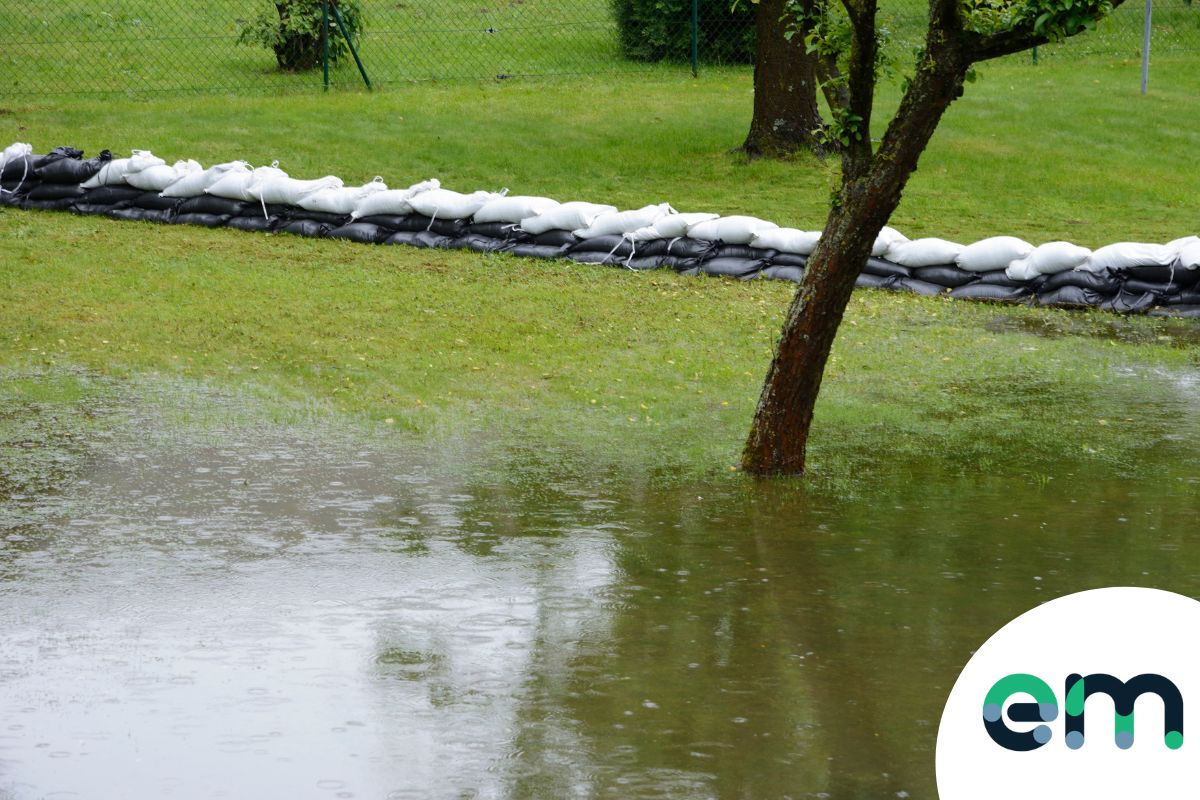
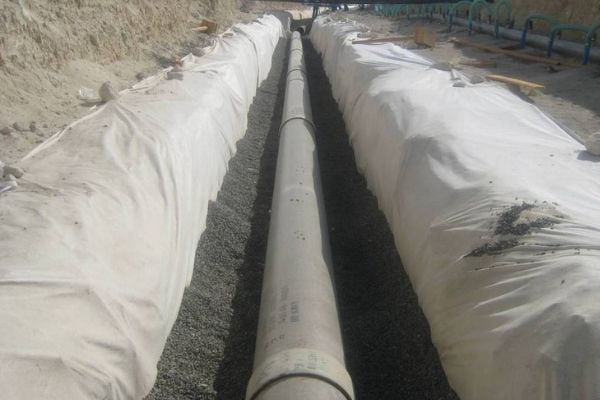
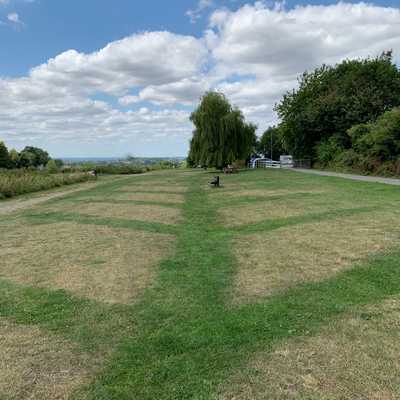
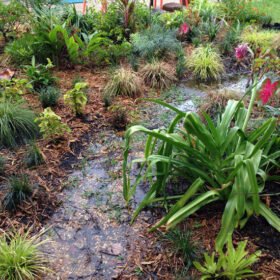
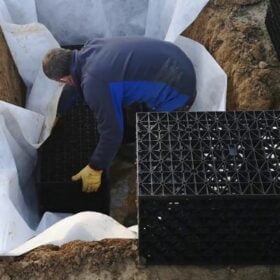
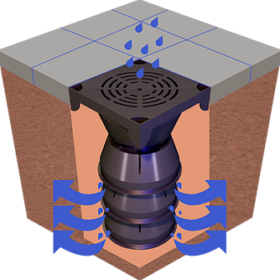
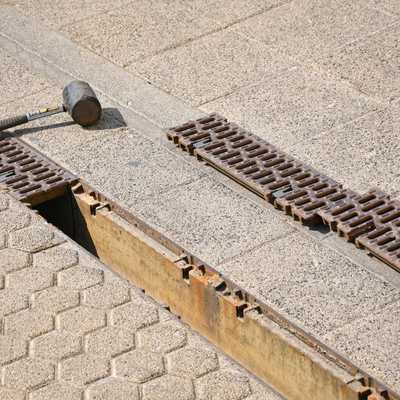
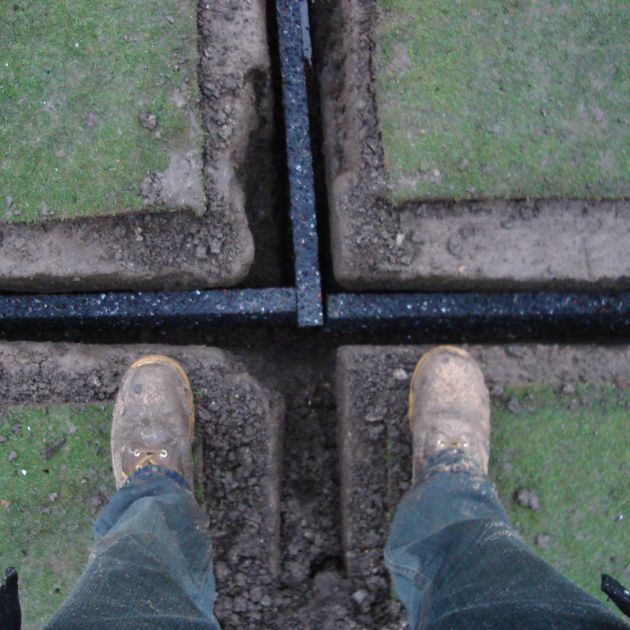

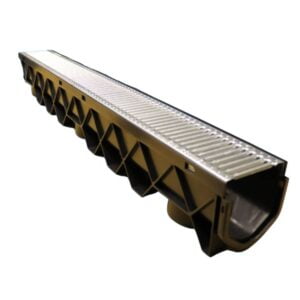
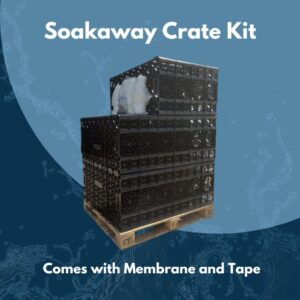
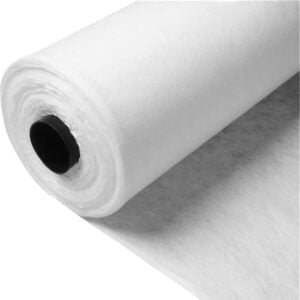
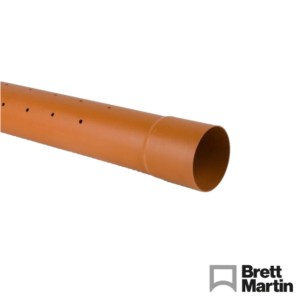
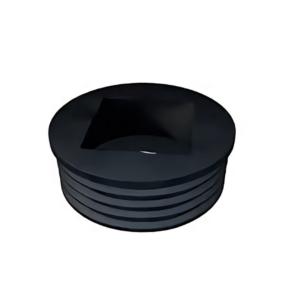
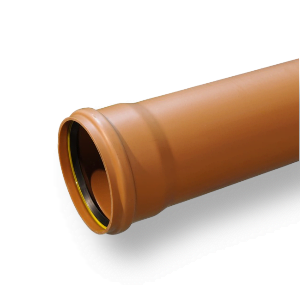
If the stack drain is located at the corner of the house external wall, will the water erode the house bricks underground during several years and damage the foundation of the house in the end?